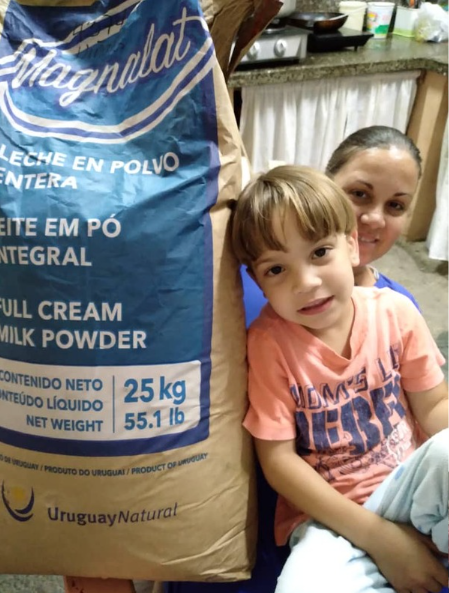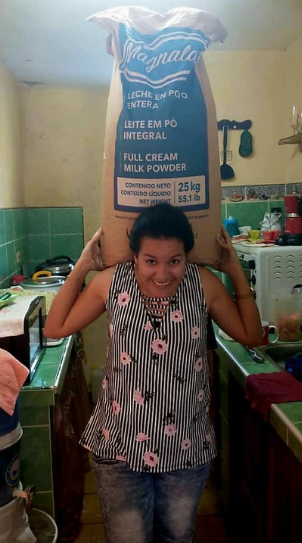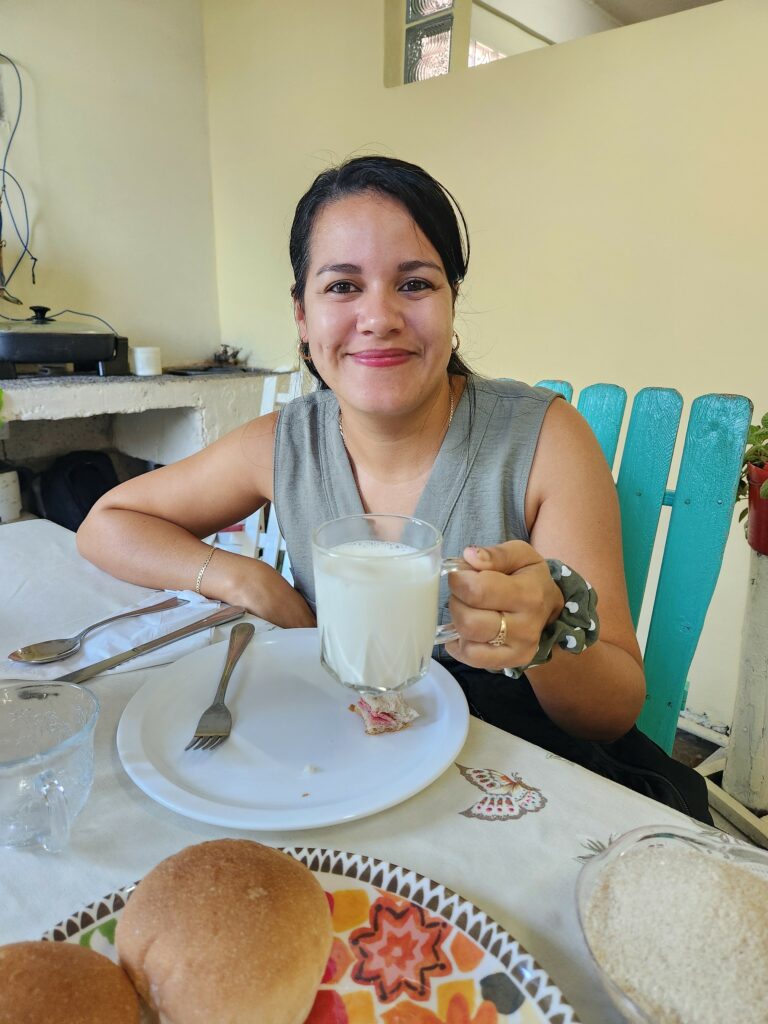Milk Matters
Your typical neighborhood grocery store may carry twenty or more types of milk, including dairy and plant-based options. With selections ranging from coconut to almond, soy, 2%, fat-free, organic, chocolate, and beyond, powdered milk might not come to mind when you’re perusing the milk aisle. Yet, for people in Cuba, it’s often the preferred choice over fresh milk. Before delving into why, let’s cover a few things you’re probably wondering about powdered milk and how it stacks up to fresh milk.
What is Powdered Milk?
Powdered milk is the result of evaporating milk until it reaches a dry, powdered form. Even in its dry state, it’s still a dairy product with many benefits and uses. It’s frequently used to make baby formula and candy such as chocolate and caramel and is preferred in certain baked goods recipes where adding liquid milk makes the product too thin. Like fresh milk, powdered milk comes in various fat types, like whole or skim.

Shelf Life & Storage
By processing powdered milk, it extends its useful life. Most manufacturers’ best-by-dates say to use powdered milk within 18 months of purchase once opened. Because of its dry versus liquid state, it can be stored without refrigeration, making it very convenient in many circumstances, like when you only need a small portion, plan to camp or hike, run out of fresh milk, or transport it in an unrefrigerated vehicle. In Cuba, where power outages plague the island, powdered milk is necessary because you don’t have to worry about refrigerating it or milk spoiling during a long blackout.
While a glass of cold, fresh milk pairs well with a sweet treat, the clumpy, sourness of spoiled milk can kill the anticipation of a great bowl of cereal as the clumps topple out of the milk container when you forget to check the date before pouring. Has that happened to you? It’s great while it lasts, and if you get seven days of fresh goodness out of a container, it can feel like you’ve hit a grand slam. Depending on the type of fresh milk you buy, it generally lasts 4-10 days once opened. From there, it must stay refrigerated or get tossed if left unrefrigerated for more than two hours.
Nutrition & Health Benefits
Compared to fresh milk, powdered milk provides A, D, and B vitamins, folic acid, calcium, iron, phosphorus, selenium, and magnesium. It’s also rich in potassium, which is beneficial for circulation for people with hypertension, rheumatism, and arthritis. Powdered milk contains no preservatives. One serving provides 30% of the recommended daily amount of calcium and 10% of vitamin A. While fresh and powdered milk contains similar nutrients, whole-fat powdered milk is recommended for children under the age of two because it contains enough fat for healthy growth.

Powdered milk, like regular milk, supports cardiovascular health, can control cholesterol, and helps strengthen hair, skin, and nails. Milk is extremely important for bone health in children. Drinking milk and consuming dairy products during childhood is necessary for growth development and reduces the risk of osteoporosis, hypertension, obesity, and cancer during adulthood.

Access
In the US, we can drop by the grocery store anytime (as long as the store is open) if we run out of milk and need more. Unfortunately, in Cuba, most people can’t access fresh milk easily, even powdered milk. The government provides powdered milk to children from 0 to 1 year old. The government allows you to purchase milk up to age 7 at a discounted rate. After age 7, the government does not subsidize milk for children. Because powdered milk is so difficult to access, Cubans call it “white gold.”
With the current economy in crisis, mothers of small children who are assigned powdered milk often sell it to purchase other food necessary for their families. Milk can be found in the government MLC stores, which only take US dollars, and people who receive financial help from family and friends in other countries can obtain an MLC card to buy items in the government store. This is very difficult and not easily obtained.
Taste
In Cuba, fresh milk is often watered down to last longer and to sell more. Adding unfiltered water increases the risk of bacteria in the milk, whether it’s fresh or powdered. Cubans clearly prefer making powdered milk not only for its longevity but for its taste. Here in the US, well… we’ll let you grab a container of powdered milk, and you can judge for yourself whether you like the powdered version over fresh. And it never hurts to have a container on your shelf when you’re in a pinch.
Just because most of us in the US are accustomed to fresh milk doesn’t mean powdered milk shouldn’t be a staple on our pantry shelves. When fresh milk isn’t available, powdered milk provides the necessary nutrition benefits. It’s often more convenient, easy to store, and versatile. And, like in Cuba, “white gold” is even preferred over fresh milk. Try it for yourself!
